The advantages of LED lighting: complete guide to LED lighting
LED technology has transformed the way we light our interiors and exteriors. Long reserved for professionals, it now invites itself into every home thanks to its many advantages. Less energy-consuming, more durable, and offering a wide variety of formats, LED is now established as the most modern and economical lighting solution. But what are the real benefits of LED lighting, and how do you choose the right ones for each use? In this comprehensive guide, we explain why switching to LED is an excellent idea, while answering the most frequently asked questions about this type of lighting.
Why choose an LED fixture?
Choosing an LED fixture means opting for a lighting solution that is both ecological and economical. Compared to traditional sources, LED bulbs consume up to 80% less energy while offering a lifespan that can exceed 30,000 hours. A significant advantage to reduce your bills while limiting your environmental impact. Another strong point: variety. Whether you are looking for a discreet LED ceiling light, an LED neon for a more industrial effect, an LED strip to highlight a shelf, or a practical and mobile wireless LED lamp, LED technology adapts to all configurations and styles. It is also available as outdoor LED lighting to illuminate terraces and gardens efficiently, or as LED ceiling lighting to bring comfort and uniformity to your living spaces. Finally, LED offers unprecedented flexibility thanks to a wide range of color temperatures and intensities, ideal for creating custom atmospheres according to your desires and needs.

Can LED bulbs be used on all light fixtures?
It is perfectly possible to use LED bulbs on the majority of existing fixtures, provided a few precautions are taken. LED bases are generally compatible with standard sockets (E27, E14, GU10, etc.). However, it is important to verify that the power and voltage match the fixture's specifications to avoid any failure. In some older fixtures designed for incandescent or halogen bulbs, heat dissipation may be insufficient and reduce the LED's lifespan. For an optimal and safe result, it is recommended to favor a fixture specifically designed for LED technology. In addition to their mechanical compatibility, LED bulbs are ideal for reducing electricity consumption while providing homogeneous and comfortable light in all rooms.
How many LED fixtures per circuit?
A common question when planning LED lighting is: how many fixtures can be installed on the same electrical circuit? The answer depends on the total power of the fixtures and the capacity of the circuit breaker. The good news is that the low energy consumption of LED ceiling lights allows you to connect more than with traditional bulbs.
As a general rule, a lighting-dedicated circuit is designed to support up to 10 light points with a 16 A circuit breaker. Since LED spots, strips, and tubes consume very little, you can easily install several fixtures while staying within the limits set by electrical standards (NF C 15‑100). For more complex installations or a large number of fixtures, it is wise to have your project validated by an electrician.
This low consumption and modularity make LEDs the ideal solution to save energy and customize lighting without overloading the electrical installation.
How to change an integrated LED bulb?
Modern LED fixtures increasingly adopt a design with an integrated light source. This technology allows for slim and elegant designs while ensuring optimal efficiency and a long lifespan. But what should you do when the integrated LED stops working?

Should the entire fixture be replaced?
In most cases, an integrated LED bulb cannot be replaced like a classic bulb. Indeed, in a so-called "integrated" LED fixture, the light source is soldered or directly attached to the fixture's structure. This optimizes heat dissipation, compactness, and the overall performance of the product. If the LED fails or reaches the end of its life, it is often necessary to replace the entire fixture. Conversely, some LED fixtures are designed to work with standard LED bulbs, simply screwed or inserted into a classic socket (E27, GU10, etc.). In this case, only the LED bulb is replaced when necessary, offering more flexibility and potentially being more economical in the long run. This is therefore an important criterion to check when purchasing, depending on your expectations in terms of maintenance and durability.
Tips to extend lifespan
To avoid premature failure, favor quality lighting fixtures and maintain them regularly: dust the grills and heat sinks to prevent overheating, and ensure proper installation to avoid surges. A well-maintained LED ceiling light can exceed 30,000 hours of use, which corresponds to more than 10 years of domestic use.
What types of LED lighting fixtures for each use?
LEDs are extremely versatile and adapt to all uses, whether indoors or outdoors. Here are the main options to consider according to your needs and spaces.
For the ceiling
The most common models for general lighting are LED ceiling lights and recessed spotlights. They offer a homogeneous and pleasant light while remaining discreet. They are ideal in living rooms, bedrooms, or offices for effective daily lighting.
For the kitchen
The kitchen requires functional and precise lighting. Opt for a LED neon light under upper cabinets to illuminate the work surface and complement with decorative LED strips to highlight the lines of your shelves or islands. This creates a modern and practical atmosphere at the same time.
For outdoors

For your terraces, paths, or gardens, choose a waterproof and weather-resistant outdoor LED lighting fixture. These models, often certified IP44 or IP65, ensure safety and longevity even in harsh conditions. You can use them to mark paths or illuminate a facade.
For task lamps
Finally, as a complement to general lighting, consider portable lamps like a wireless LED lamp. Practical and decorative, they move easily and create a soft, friendly accent light in a reading corner, on a side table, or outdoors for a terrace dinner.
The LED lighting fixtures offer many advantages: energy savings, contemporary design, long lifespan, and adaptability to every room in the house. Whether you choose a ceiling light, a strip, a task lamp, or an outdoor model, selecting them well guarantees visual comfort and a controlled ambiance. Take the time to compare options according to your needs and decor to fully enjoy their benefits.
Are you ready to take action? Discover our complete selection of LED lighting fixtures and illuminate your spaces with style and efficiency.

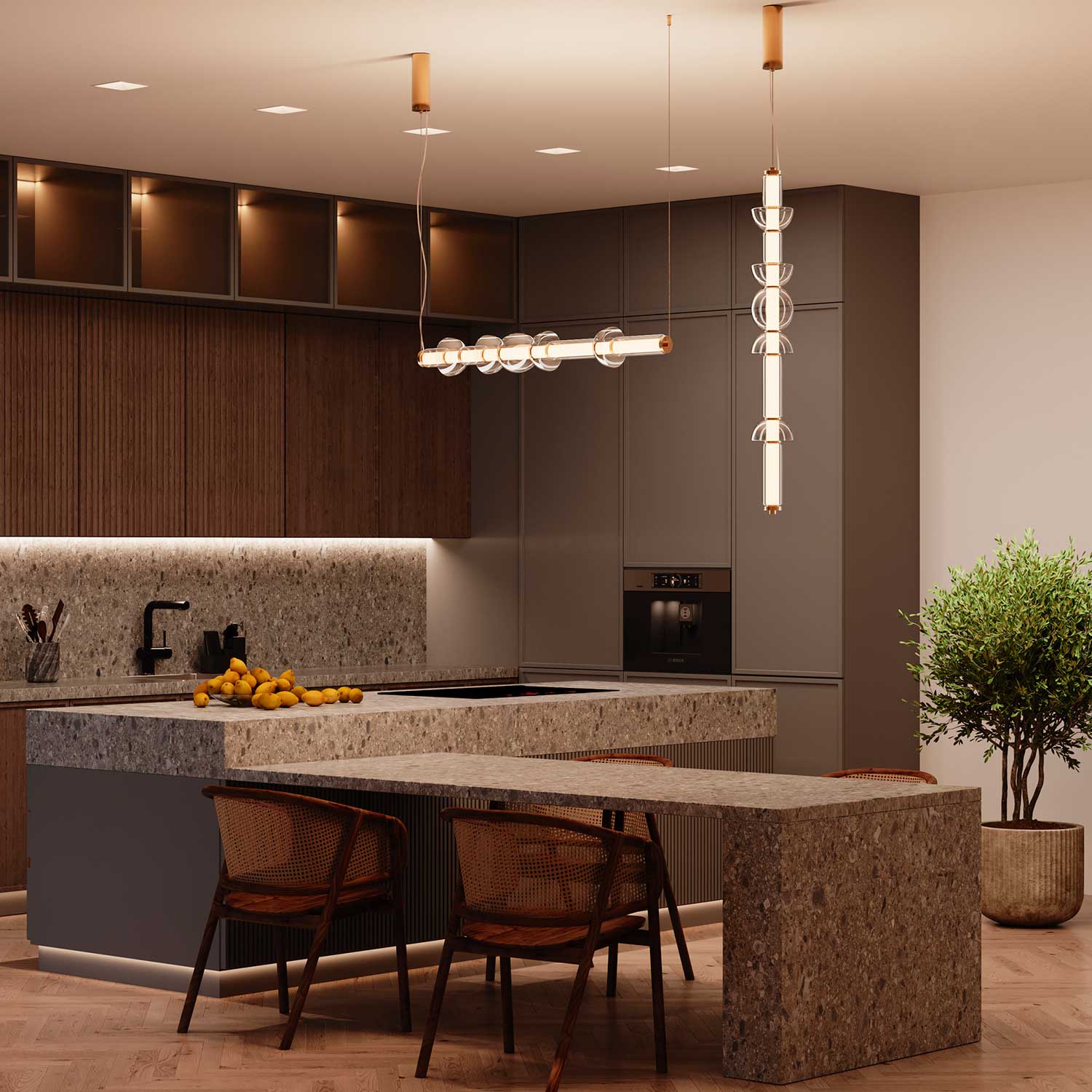
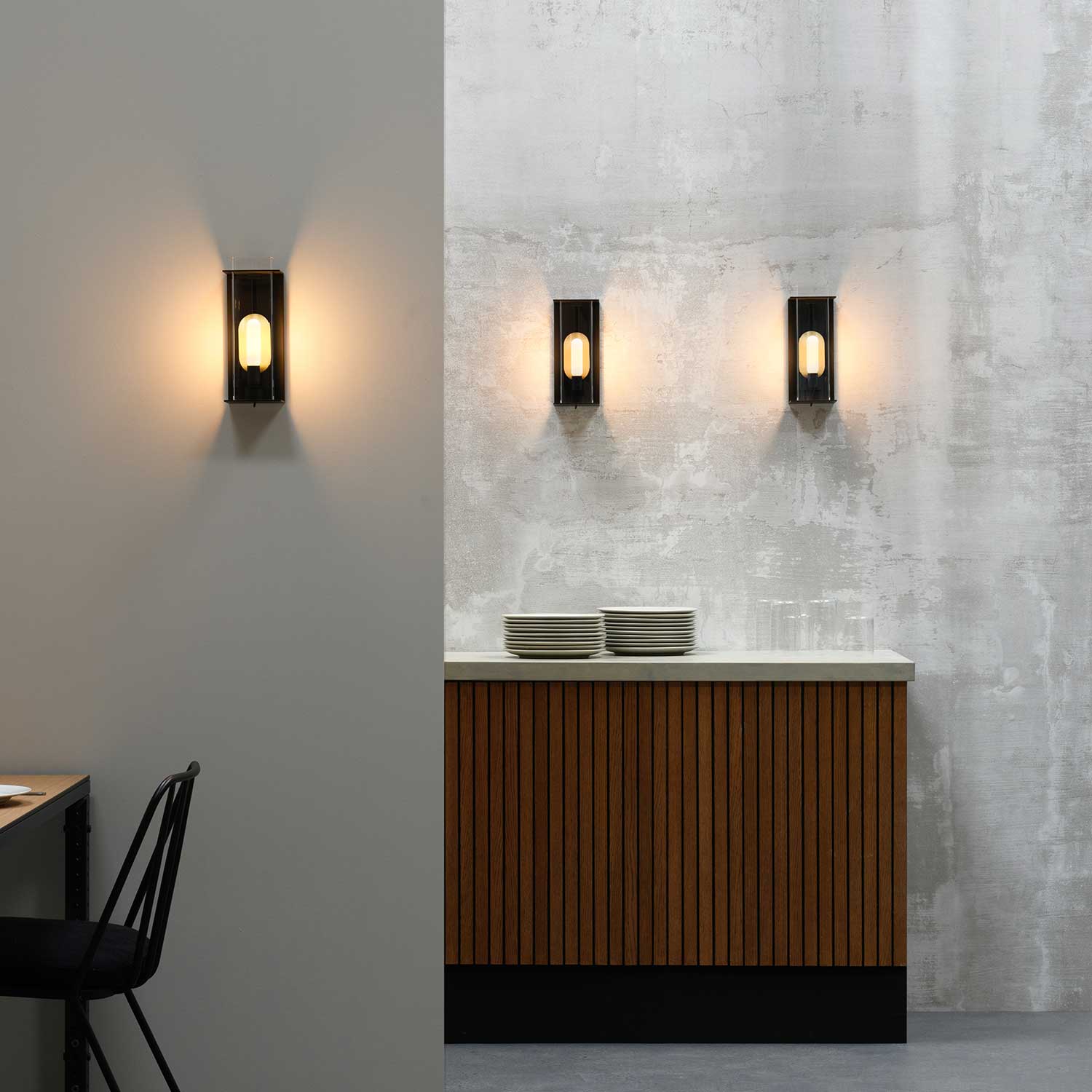
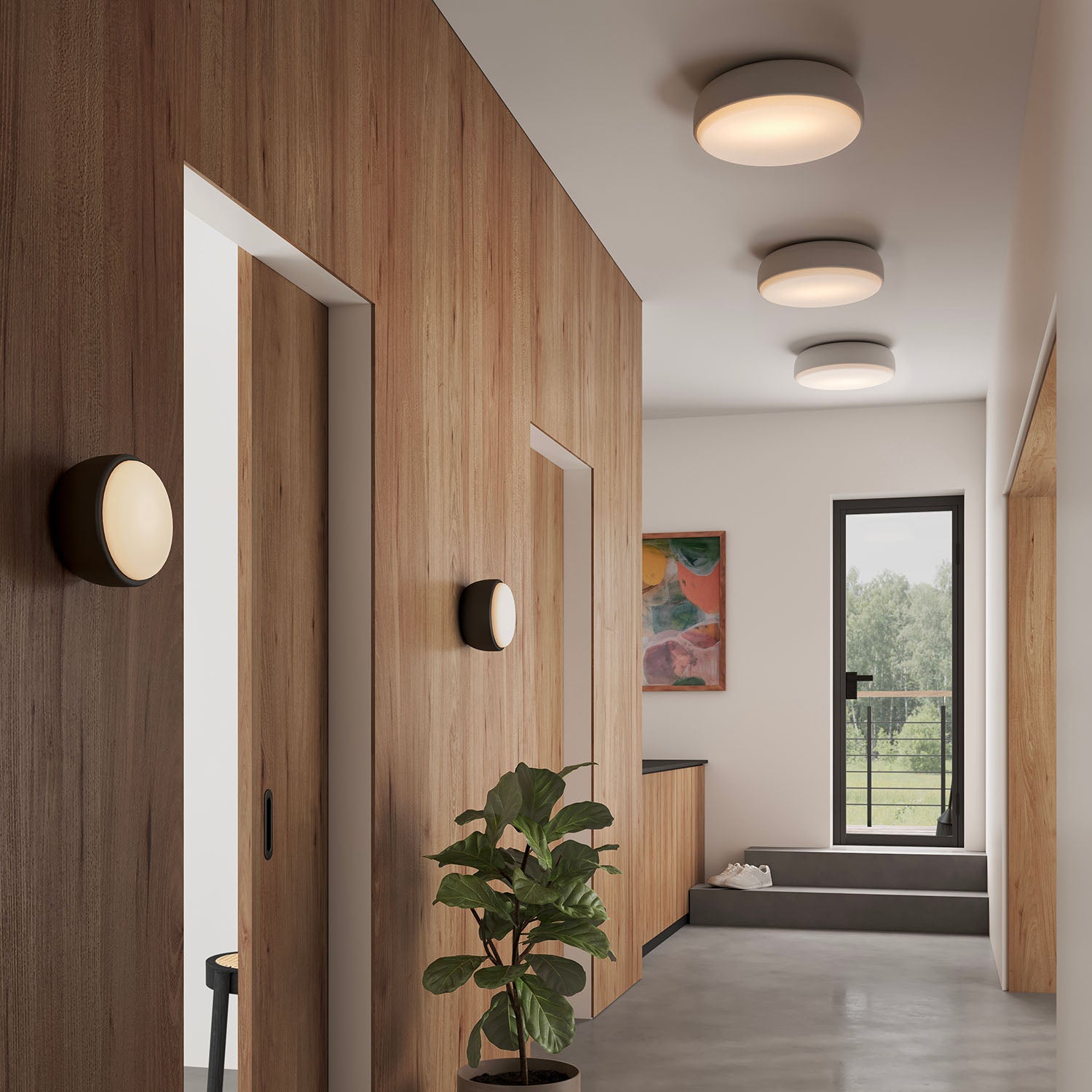
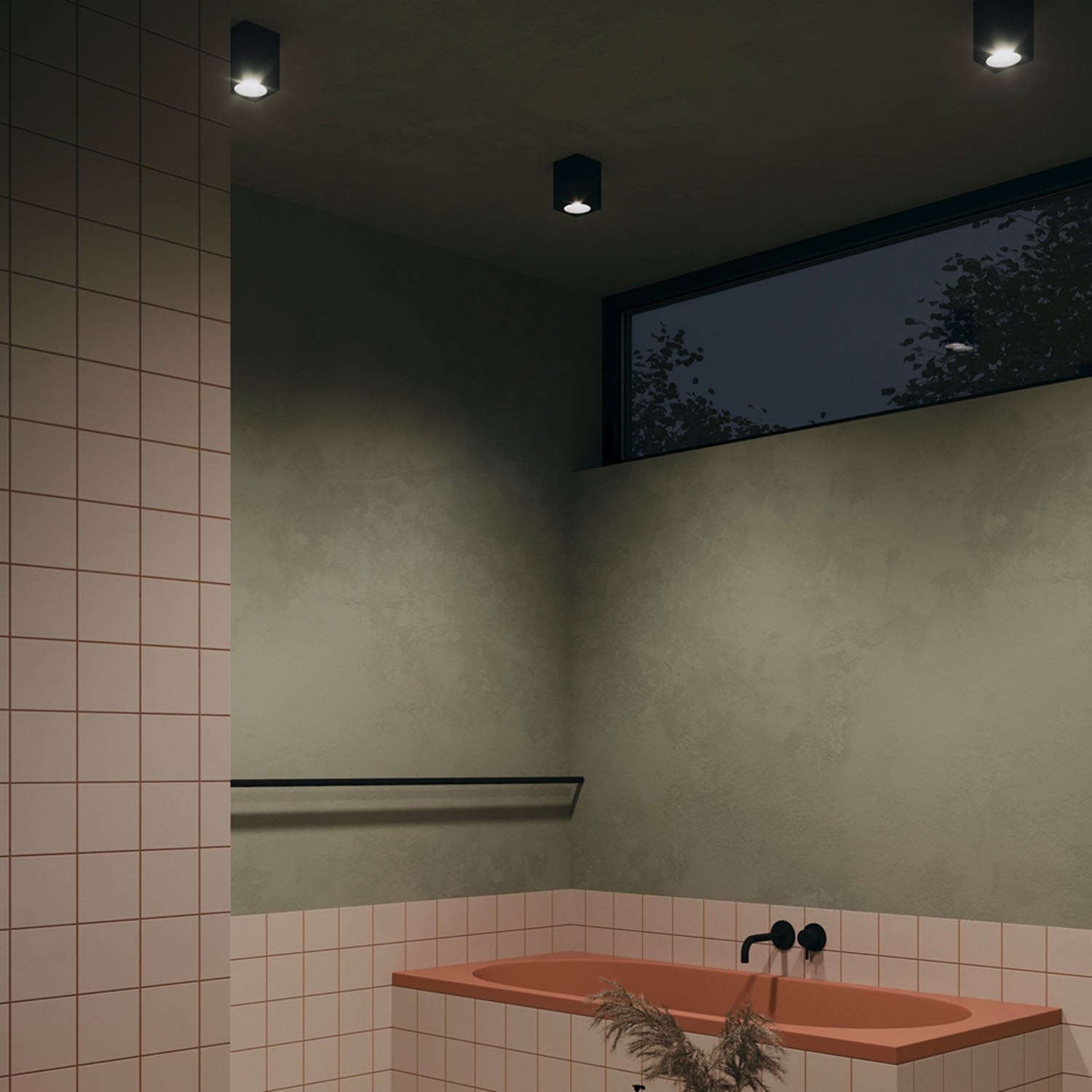
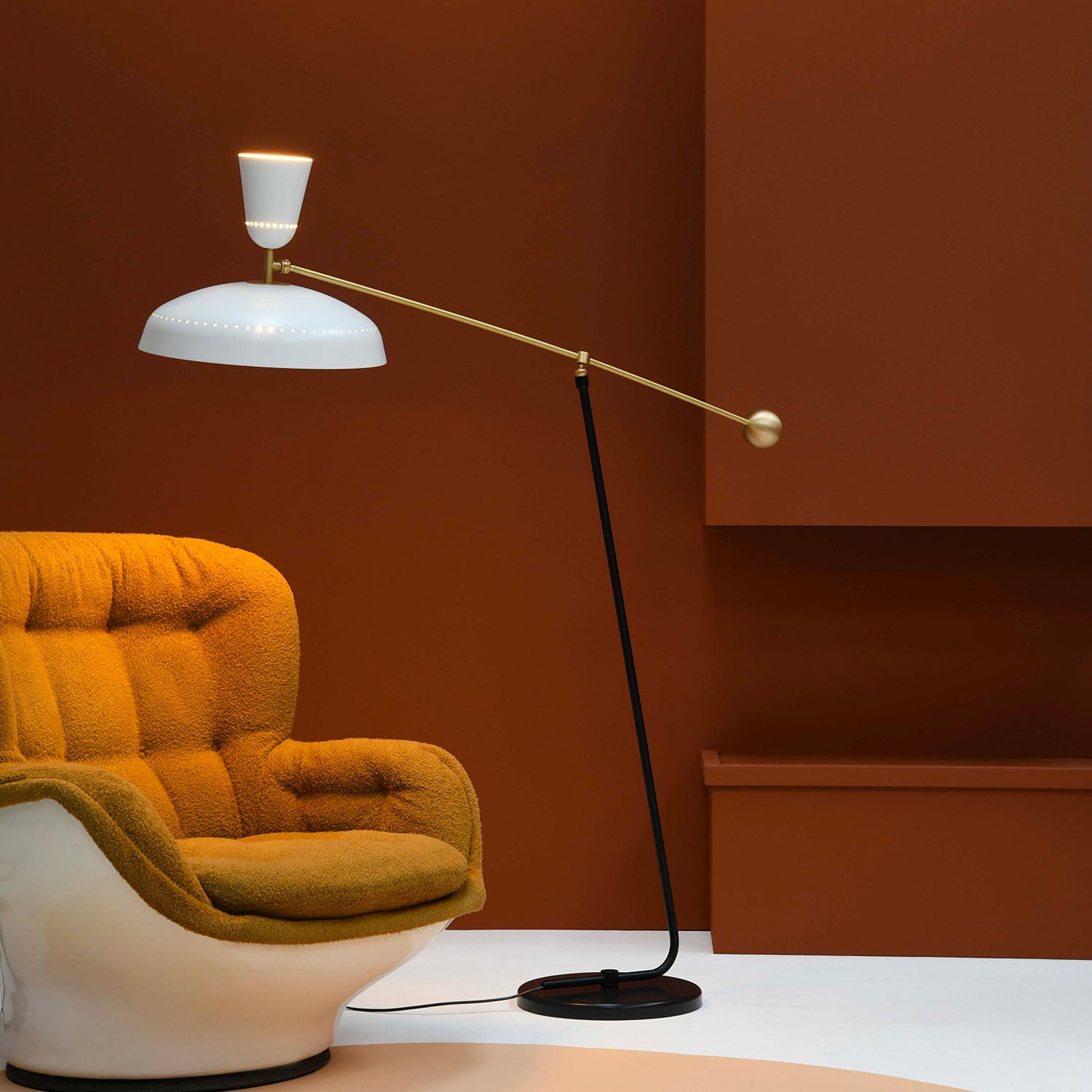

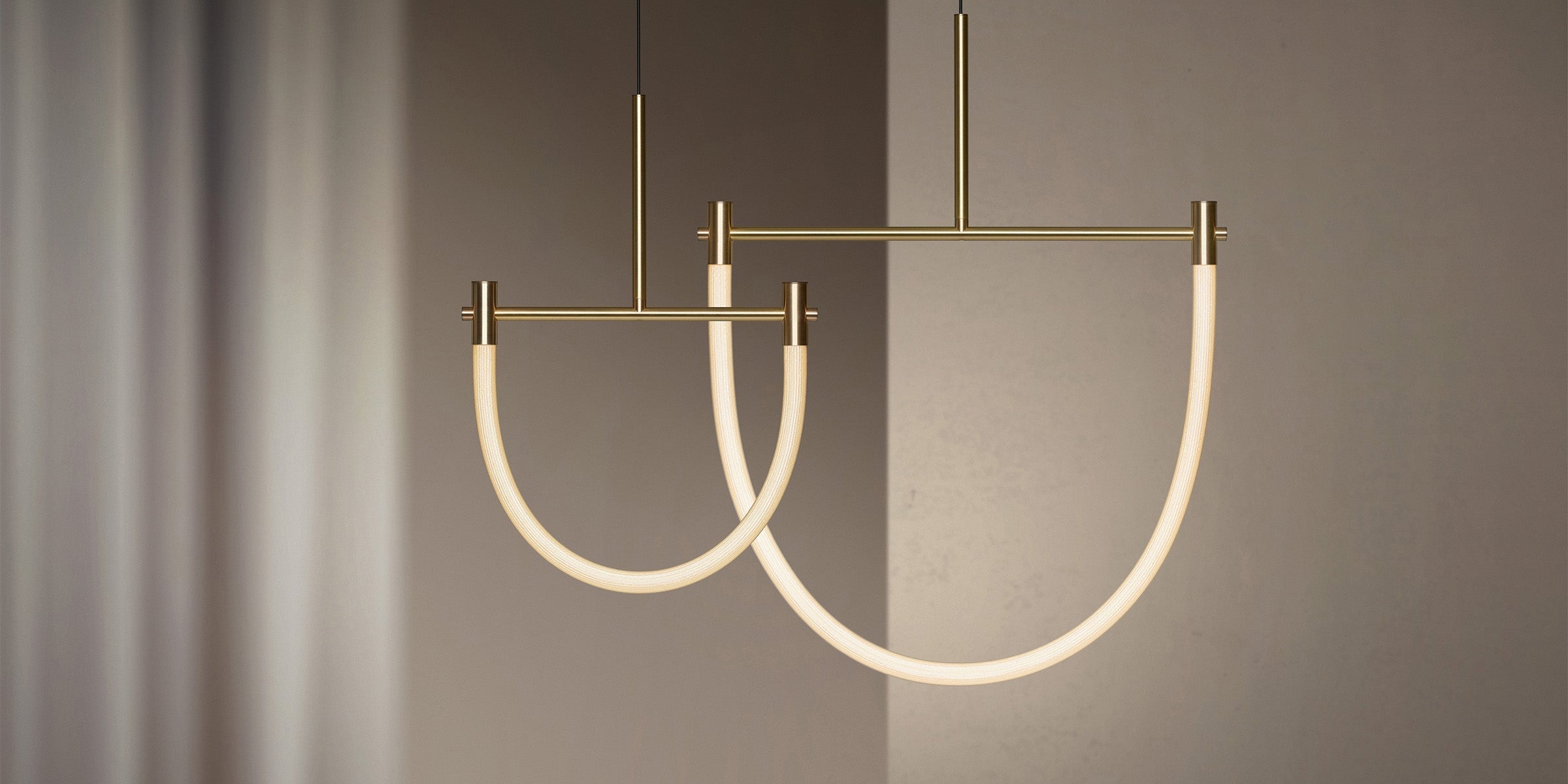
Leave a comment
This site is protected by hCaptcha and the hCaptcha Privacy Policy and Terms of Service apply.